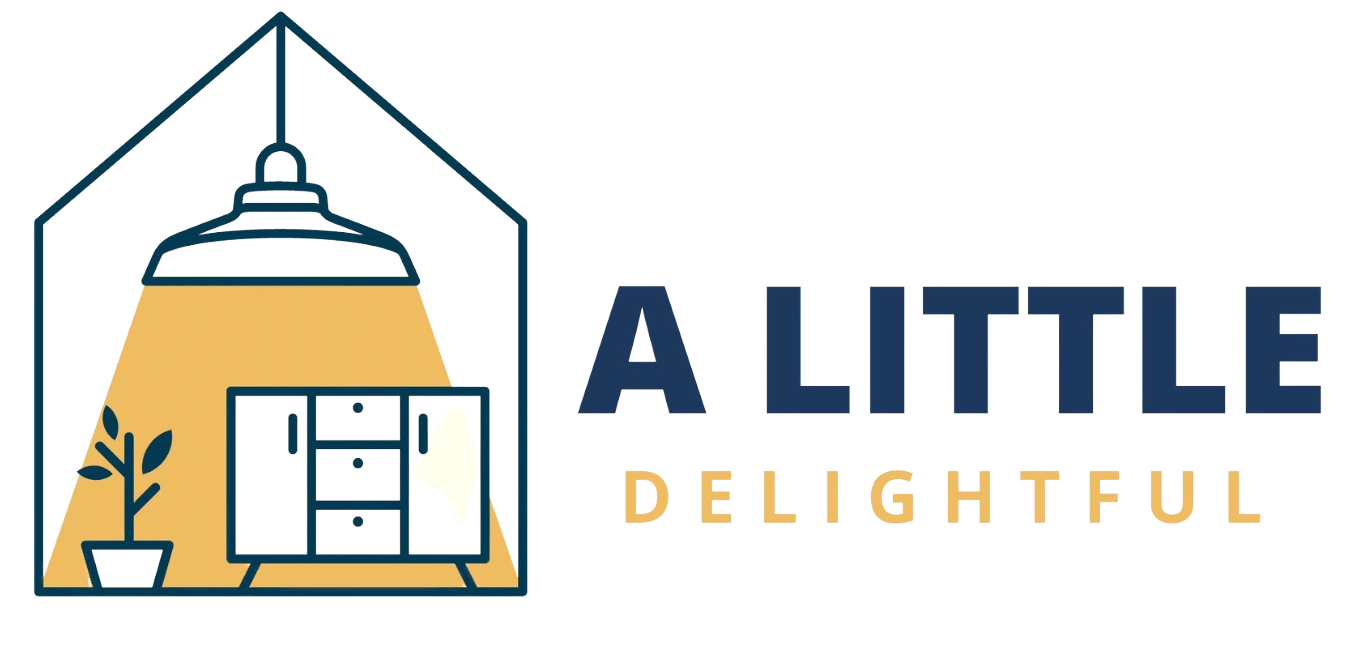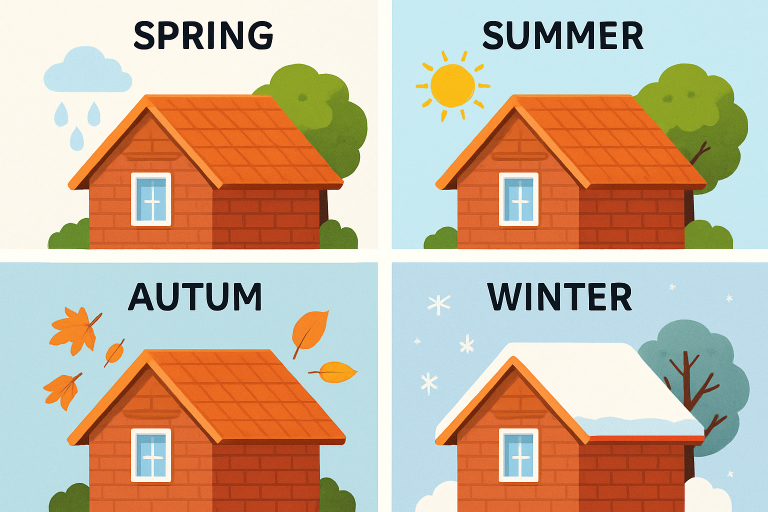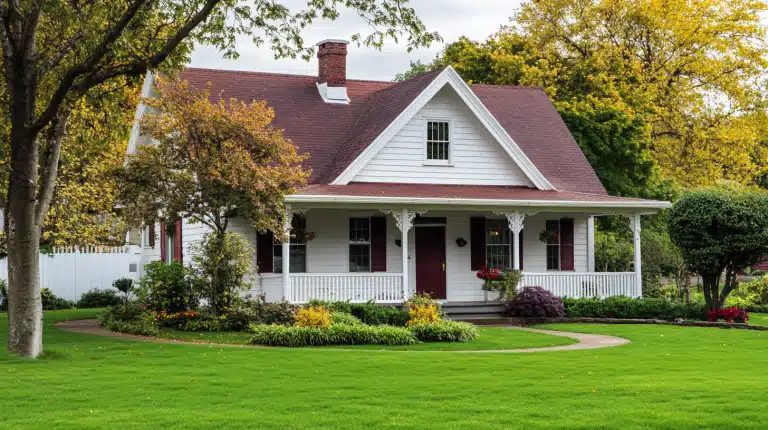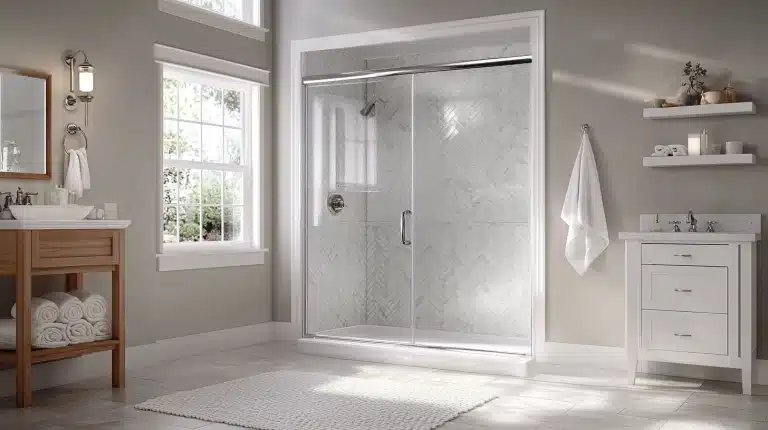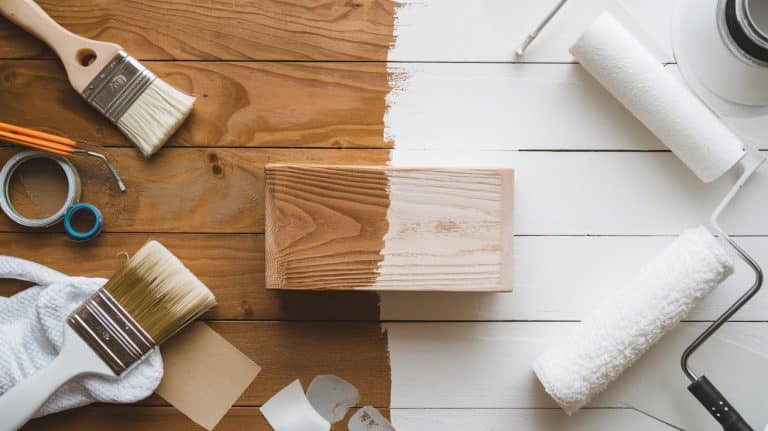How Proactive Roof Maintenance Saves Homeowners Time, Money, and Stress
Table of Contents
- Why Regular Roof Maintenance Matters
- Common Roofing Problems and Their Warning Signs
- Essential Roof Maintenance Tasks for Every Homeowner
- Cost Benefits of Preventive Roof Care
- Roof Care Tips Across Changing Seasons
- When (and Why) to Call in Professionals
- Green Choices in Roofing Materials
- Emerging Trends in Roof Maintenance
- The Importance of Proactive Roof Maintenance
Why Regular Roof Maintenance Matters
Proactive roof maintenance is the first and best defense against the elements, protecting not only your home’s structure but also your comfort and finances. A well-maintained roof acts as a barrier against rain, snow, wind, and invasive pests while preserving your property value. Enlisting the help of a reputable roof contractor ensures your roof is inspected and maintained by professionals who can spot and address minor concerns before they spiral into bigger, costlier issues.
Most modern roofs last between 20 and 50 years. This lifespan is highly dependent on maintaining routine inspections, performing timely repairs, and conducting seasonal cleaning. Small investments in regular care can prevent significant, unexpected expenses, while neglect often leads to premature failure and emergencies.
Common Roofing Problems and Their Warning Signs
The most common roof issues often start small, including missing or curling shingles, clogged gutters, broken flashing, and unnoticed leaks. Homeowners may detect water stains on ceilings, find pieces of shingle granules in downspouts, or observe sagging areas on the roof surface. If these symptoms are left unchecked, they can escalate into mold growth, interior water damage, and compromised structural integrity.
Essential Roof Maintenance Tasks for Every Homeowner
- Clear leaves and debris from gutters and downspouts every season to avoid blockages and water backup.
- After severe storms, inspect the roof for loose, missing, or damaged shingles and make necessary repairs quickly.
- Check the flashing around chimneys, skylights, and vents for rust, cracks, or displacement that can lead to leaks.
- Trim any overhanging branches to prevent impact damage and reduce the buildup of organic debris on the roof surface.
Integrating these tasks into your annual home maintenance routine will help extend the lifespan of your roof, prevent interior water issues, and maintain curb appeal.
Cost Benefits of Preventive Roof Care
Investing in routine maintenance can yield substantial long-term savings. Homeowners typically spend under $500 per year on preventative care, while a single major repair caused by neglected issues often exceeds $5,000. For guidance on what a proper roof inspection entails, provides a detailed overview that homeowners can follow to identify potential problems early.
Additionally, many homeowner’s insurance policies require proof of ongoing maintenance for claims related to roof damage—neglect can mean denied coverage, compounding your costs and stress. A proactive approach minimizes the likelihood of unexpected expenses, sustains your roof’s warranty, and enhances your home’s resale value.
Roof Care Tips Across Changing Seasons
Each season brings its own set of roof care challenges. Spring rainfall can reveal leaks or water damage that occurred during winter. Summer’s heat may cause shingles to dry out, crack, or warp; regular inspections prevent deterioration.
In autumn, falling leaves and twigs can obstruct gutters, leading to standing water. Winter poses risks from ice dams and snow loads—pre-winter inspections and timely snow removal are crucial to prevent significant damage.
When (and Why) to Call in Professionals
While homeowners can complete many tasks themselves, some repairs and diagnostics are best left to qualified experts. Professional roofers utilize specialized equipment to safely navigate rooftops, offer comprehensive inspections, and address complex problems—especially in hard-to-reach or high-risk areas. A certified roofing professional will spot hidden damage, advise on repairs or replacements, and provide documented reports useful for insurance and warranty purposes.
Green Choices in Roofing Materials
For those seeking sustainability, modern roofing technology provides eco-friendly options that reduce utility costs and minimize environmental impact. Cool roofing materials—such as reflective shingles and recycled metal—reduce heat absorption, keeping your home cooler during summer and decreasing air conditioning demands. More adventurous homeowners may even consider “green roofs,” which incorporate living plants to boost insulation and manage rainwater runoff.
These choices often pay off over time, resulting in lower energy bills and qualifying for energy rebates or tax incentives. The U.S. Department of Energy’s Cool Roofs resource is an excellent place to learn more about the benefits of sustainable roofing choices.
Emerging Trends in Roof Maintenance
The future of roof maintenance lies in integration with smart technology. Drones enable fast and safe inspections, identifying missing shingles, damaged flashing, or pooling water with precision. Meanwhile, artificial intelligence systems are being developed to analyze roof photography and automatically report risks and anomalies. Homeowners open to using these tools can benefit from faster detection, reduced repair costs, and enhanced property protection.
The Importance of Proactive Roof Maintenance
Regular roof maintenance is essential for protecting your home, preserving its value, and avoiding costly repairs. By combining routine inspections, seasonal upkeep, professional evaluations, and sustainable material choices, homeowners can address minor issues before they escalate into major problems.
Proactive care not only extends the lifespan of your roof but also ensures energy efficiency, safety, and peace of mind throughout the year. Investing time and attention in your roof today safeguards your home for tomorrow.
